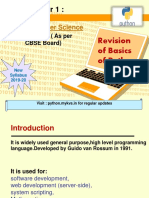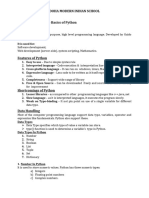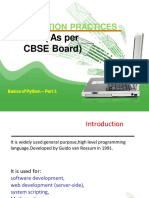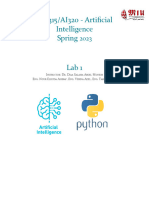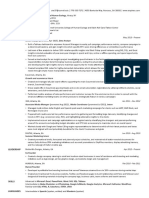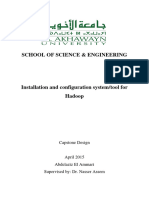0% found this document useful (0 votes)
15 views61 pagesRevision of The Basics of Python (XI)
The document outlines the syllabus for a Class XII Computer Science course focusing on Python programming. It covers the basics of Python, its features, shortcomings, data types, operators, and how to work in Python using both interactive and script modes. Additionally, it provides examples of various data types and operators, including arithmetic, comparison, logical, and membership operators.
Uploaded by
financialstupidCopyright
© © All Rights Reserved
We take content rights seriously. If you suspect this is your content, claim it here.
Available Formats
Download as PPTX, PDF, TXT or read online on Scribd
0% found this document useful (0 votes)
15 views61 pagesRevision of The Basics of Python (XI)
The document outlines the syllabus for a Class XII Computer Science course focusing on Python programming. It covers the basics of Python, its features, shortcomings, data types, operators, and how to work in Python using both interactive and script modes. Additionally, it provides examples of various data types and operators, including arithmetic, comparison, logical, and membership operators.
Uploaded by
financialstupidCopyright
© © All Rights Reserved
We take content rights seriously. If you suspect this is your content, claim it here.
Available Formats
Download as PPTX, PDF, TXT or read online on Scribd
/ 61



